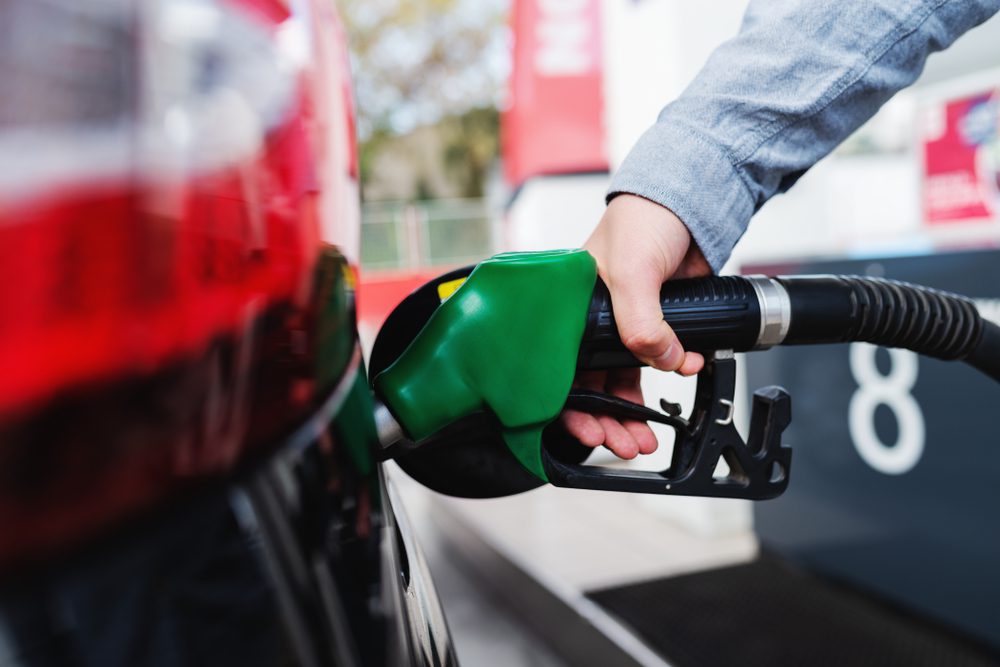A report from the American Automobile Association on September 8, the average gas price nationally between Memorial Day and Labor Day was $2.15 per gallon. That’s the lowest it has been during the unofficial summer months since 2004, and it’s well below the 2018 and 2019 averages of between $2.60 and $2.85.
Decreased fuel prices are directly tied to the dramatic reduction in demand from this spring and summer as COVID-19 continues to depress the economy. Demand for fuel dropped from 9.16 million barrels per day to 8.79 barrels per day. The overall supply of gasoline is more than 5.2 million barrels higher than it was this time last year.
AAA Public Relations Director, Jeanette Casselano, said, “Summer may be fading into the rearview mirror, but less expensive gas prices are not. Moving into fall we traditionally see a drop in demand and further savings at the pump. This year that means pump prices could possibly push even lower than we’ve already seen in 2020.”
Lower Fuel Prices on Horizon
Not only is demand suppressed in fall and winter naturally, but fuel consumption isn’t expected to return to normal levels anytime soon. General Motors does not expect their office workers in Detroit to return to the office until after June 2021, and Ford Motor Company has made a similar announcement. Google, Facebook, Amazon, Uber, and more than a dozen other major companies are allowing workers to work from home for the coming months.
Hundreds of thousands of vehicles will not be adding the typical mileage to the odometer, and they will be burning less fuel on average than pre-COVID. Reduced demand is likely to continue through to next summer, potentially longer depending on the course of the coronavirus and economic recovery.
Related: Oil Prices Suppressed by Low Demand, How Auto Retail May React
Demand for Larger Vehicles to Remain High
Much of the automotive retail industry is tied directly to fuel prices. When gas prices are high, consumers opt for models with better fuel efficiency like sedans and compact SUVs and cars. But when fuel prices are dampened, the trend leans heavily toward more spacious, powerful, or utilitarian models. Purchases are less influenced by fuel prices.
Trucks and SUVs now make up more than 70% of the retail market in automotive, surging in part by fuel prices that have been lower in recent years. New vehicle shortages are a clear indicator that models like the Chevy Silverado and Ford F-150 are in high demand with no end in sight. With fuel prices forecasted to remain at current levels or potentially be driven down further, these popular large vehicles will continue to be highly sought after.
Tempering EV Demand
Electrification has been an increasingly visible component to the auto retail sector, but demand for EVs could be hampered by low fuel prices. Electric cars cost thousands more, on average, and the breakeven on fuel savings is measured in years. Suppressed fuel prices may lead to slower uptake on electric cars just as carmakers are leaning into the segment heavily.
For consumers, low gas prices offer the best options possible. Choose from popular models in a stable, low-cost oil market or adopt new tech that’s not oil dependent at all. It will be up to dealers to figure out how best to attract their local buyers.
Related: The Correlation Between Fuel Prices and Auto Sales
Did you enjoy this article from Jason Unrau? Read other articles from him here.
Be sure to follow us on Facebook and Twitter to stay up to date or catch-up on all of our podcasts on demand.
While you’re here, don’t forget to subscribe to our email newsletter for all the latest auto industry news from CBT News.








